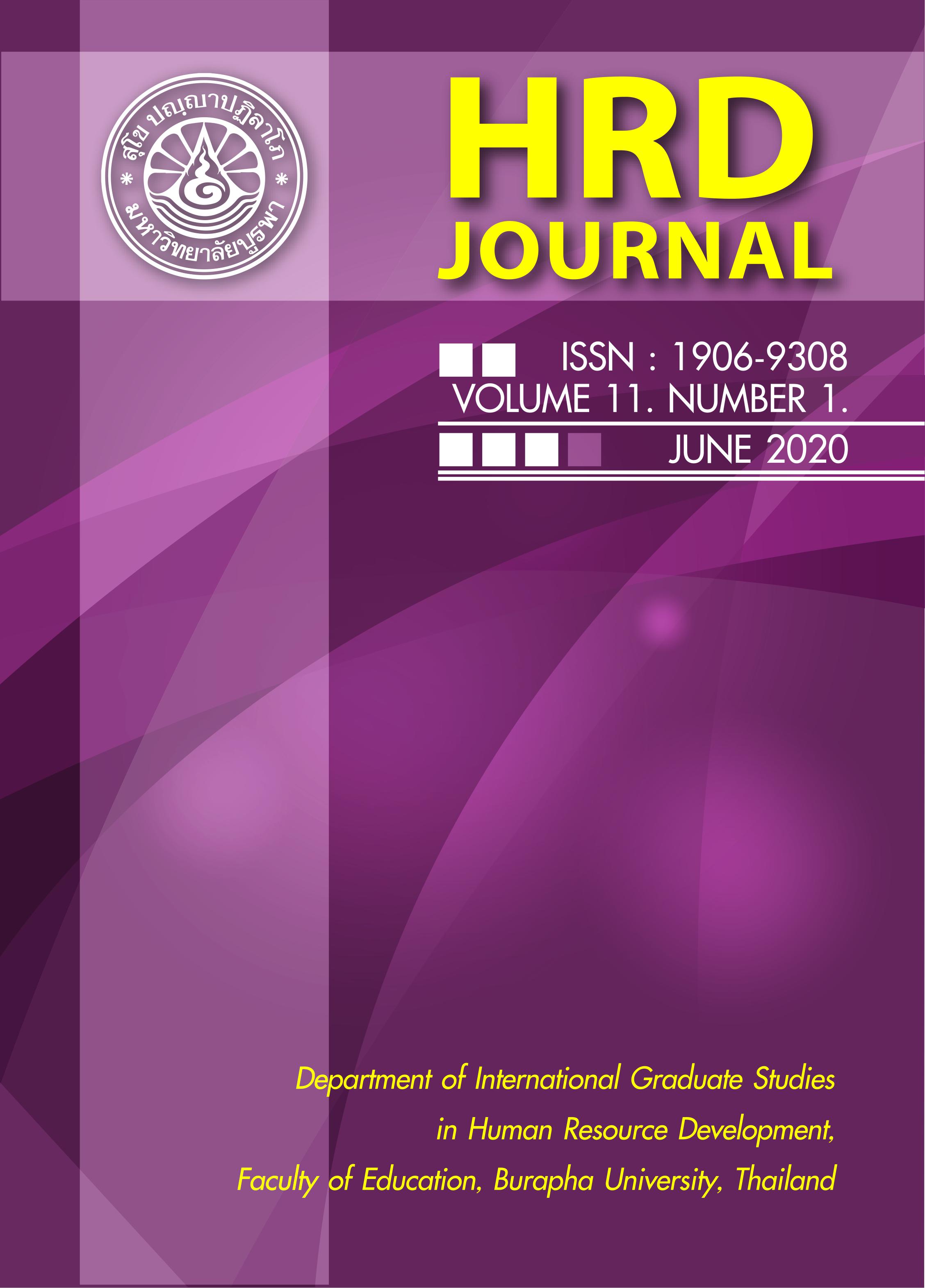I-Tsing at the South Sea – The Buddhist Learning Journey
Keywords:
I-tsing, South Seas, Srivijaya, life-learning, return homeAbstract
This paper takes a more informed look into the personal life learning experience aspect of narrative analysis. The research method of narrative analysis was analyzed along with a narrative from the original literacy text written by I-tsing himself, the Chinese historical record of the T’ang Dynasty, as well as other commentaries ascribed by scholars in the various period to better demonstrate its validity. The humanistic geography - phenomenological approach was employed for a better understanding of the human world by studying people’s relation with nature, their geographical behavior, as well as their feelings and ideas with regard to space and place. The researcher has invented a combined data analysis framework of Polkinghorne’s Narrative Analysis and Humanistic Geography – Phenomenological Analysis to study in-depth the central reason of why I-tsing decided to set foot at the South Sea (Śrīvijaya) for such a long time carrying out his mission before returning to China after the completion of his study in India. The researcher has articulated the analyzed outcomes into three insightful findings as a response to the research inquiry. The three findings are: (1) The disagreeable conditions for allowing I-tsing to return home; (2) I-tsing needed a conducive platform for his return to China; and (3) The supportive conditions in Śrīvijaya. Each of the findings was explicated in lengthy detail and supported with various valid and reliable references, documentary facts, and case-studies of real-life stories.
References
Czarniawska-Joerges, B. (2004). Narratives in social science research. London; Thousand Oaks, CA, Sage.
Holsti, O. R. (1969). Content analysis for the social sciences and humanities. Addison-Wesley.
I-ching, & Lahiri, L. (1986). Chinese monks in India: Biography of eminent monks who went to the Western World in search of the Law during the Great T'ang dynasty. Delhi.
Johnston, R. J. (1983). Philosophy and human geography: An introduction to contemporary approaches. London: E. Arnold.
Polkinghorne, D. E. (1995). Narrative configuration in qualitative analysis. International Journal of Qualitative Studies in Education, 8(1), 5-23.
Spiegelberg, H. (1975). Phenomenological Perspectives: Historical and systematic essays in honor of Herbert Spiegelberg. The Hague: M. Nijhoff.
Tuan, Y. F. (1976). Humanistic Geography. Annals of the Association of American Geographers, 66, 266-276.
Yijing, S., Li, R., & Numata Center for Buddhist Translation and Research (2000). Buddhist monastic traditions of Southern Asia: A record of the inner law sent home from the south seas. Berkeley, CA: Numata Center for Buddhist Translation and Research.
Yijing, & Takakusu, J. (1966). A record of the Buddhist religion as practised in India and the Malay Archipelago (A.D. 671-695) by I-tsing. Delhi: Munshiram Manoharlal.
义净原著、王邦维校注 (1988)。《大唐西域求法高僧传》。中外交通史籍丛刊, 中华书局。
佐藤达玄 (1997)。 《戒律在中国佛教的发展》(上、下册)。嘉义,香光书乡出版社。
义净 (n.d.).《根本说一切有部百一羯磨》,中華電子佛典協會 (CBETA) , 大正新脩大正藏經, 24,1453. Retrieved from http://buddhism.lib.ntu.edu.tw/BDLM/sutra/chi_pdf/sutra11/T24n1453.pdf
赞宁 (n.d.).《宋高僧传》卷一《唐京兆大荐福寺义净传》,中華電子佛典協會 (CBETA) 大正新脩大正藏經 , 50, 2061. Retrieved from http://buddhism.lib.ntu.edu.tw/BDLM/sutra/chi_pdf/sutra20/T50n2061.pdf
Britannica (n.d.). Retrieved from https://www.britannica.com/place/Srivijaya-empire.
Published
How to Cite
Issue
Section
License
Copyright@HRD Journal, Burapha University






